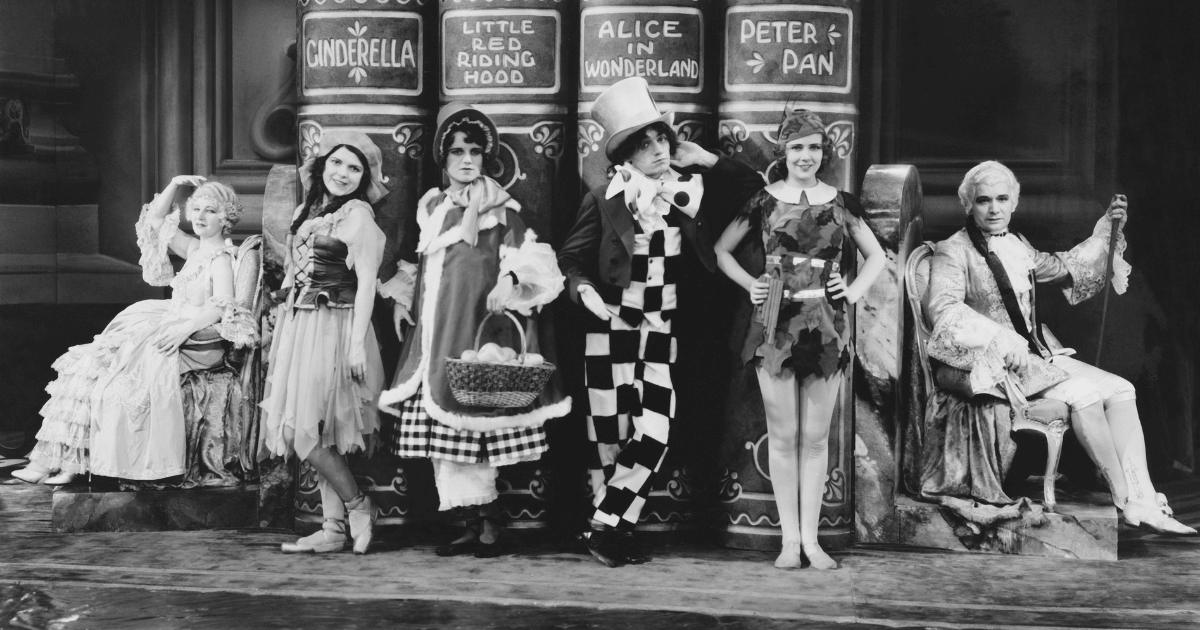Giving your protagonist a character goal is vital to writing great fiction.
That’s all well and good, Shane, but what is a character goal and why are they so important.
Let’s examine that shall we?
What is a Character Goal?
A goal is simply what a character wants. Goals drive the story forward. If a character doesn’t have a goal, then what are they doing?
Without a clear goal (whether we’re looking at the major story goal on a global level or a goal in each scene), your point of view character will meander their way through you book without a clear sense of direction.
This will bore your readers.
There are two types of goal you should consider when planning your stories and scenes.
These are:
- The external goal, and;
- The internal goal.
What’s the difference between the two?
External Goals for Characters
An external goal is something your point of view character wants throughout the course of your story (or throughout the course of a single scene).
Examples of external goals include:
- Steal the painting (heist thriller)
- Stop the presidential assassination (political thriller)
- Find love (romance)
- Kill the evil sorcerer (fantasy)
- Stop the extraterrestrial invasion (science fiction)
Now we know what an external goal is, let’s take a look at it’s counterpart.
Internal Goal for Characters
An internal goal is something your point of view character (usually your protagonist) needs to learn to change and overcome their character flaw (a misconception they have about themselves or the world).
Examples of internal goals include achieving an adequate level of:
- Self-acceptance (romance)
- Courage (fantasy/sci-fi/thriller)
- Happiness/Peace (narrative non-fiction)
But why is including character goals in your stories so important?
Why is a Character Goal so Important?
Remember:
- The external goal is what the character wants, and;
- The internal goal is what the character needs.
- All the ways the character will fail at achieving the goal,
- What obstacles you can put in the character’s way, and;
- How the character will feel about failing.

Common Problems with Character Goals
External Character Goal Problems
If there’s no external goal (for the story or individual scenes), then you have no external conflict and, therefore, no plot.
The following external goal issues can occur in any story or scene:
- There is no character goal (there’s no purpose)
- There are too many character goals (everything’s unfocused)
- The character goals are inconsistent (the goals are random and aren’t related to the plot)
- The character goal has no consequences (there are no stakes if a character fails to achieve their goal)
- The character achieves their goal too easily (there’s no conflict)
Internal Character Goal Problems
If there’s no internal goal, (for the story or individual scenes), then you have no internal conflict and, therefore, no story.
The following internal goal issues can occur in any story or scene:
- There aren’t enough sequel scenes in your book (you haven’t given characters time to emotionally process life-changing plot events)
- You’re not showing emotion (or describing how your characters react to things)
- Your protagonist feels flat (because there’s no internal goal)
If you run into these problems, how can you fix them?

5 Tips for Creating a Character Goal
Here are five actionable tips you can use to create a great goal:
Tip #1: Make it Relevant
Whatever kind of story you’re writing, you need to make each goal relevant to the plot so each scene moves the story forward in some way. You can move the story a centimetre per scene if you like, but you have to make it move.
Goals that are unconnected to the plot do nothing for the story, and serve no purpose. Weed them out.
Tip #2: Make it difficult
If your protagonist (and/or point of view characters) breeze through your novel, attaining everything they desire with no opposition, readers will be yawning so hard the only place your book will end up is in the bin.
Throw obstacles in the way to stop them from achieving all their character goals.
Tip #3: Make it risky
There must be stakes (or consequences) if your character fails to achieve their goals (even if they don’t actually fail).
The threat of failure is what keeps readers hooked.
Tip #4: Make your characters react
If you want to make your characters human and relatable, then you must give them time to react to failing to achieve (or achieving) their character goal.
Human emotion is what connects your readers to your characters.
Tip #5: Make it personal
Where you can, make the stakes of a goal personal. Why do you think revenge stories are so popular in the fantasy and thriller genres? Because seeking revenge on someone who wronged you is such a personal thing to do.
Making a goal personal is a great way to give your characters a solid motivation for going after the things they want.

Character Goals Examples
Good character goals depend on the character, the genre, the sub-genre, the setting, and more. So there are endless character goals possibilities, but here are 10 to get you started:
- Prevent the school for shutting down
- Kill the man who stole their fortune
- Become Queen
- Find an ancient tomb that has been lost for centuries
- Save the moon from destruction
- Retrieve the stolen time travel stone
- Get married to their childhood crush
- Become a millionaire
- Throw the best party ever
- Join the royal orchestra as a pianist
Good Character Goals Conclusion
Creating a goal (and obstacles that produce the right amount of conflict) is hard, but if you use the tips I’ve suggested in this article, you’ll never write a story (or a scene) without purpose again!


